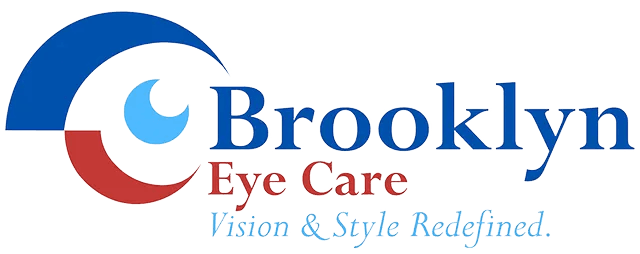Brain injuries such as a stroke can have significant impact on the eyes and on vision. Depending on the cause of the brain injury and the location of the damage in the brain, visual field loss, double vision, or blurred vision may occur. Treatment options for these brain injuries are often complex and require intervention in multiple therapies or fields.
Types of Acquired Brain Injuries
An acquired brain injury is any type of damage to the brain that results from internal causes such as a loss of blood flow, pressure on the brain, or bleeding in the brain.
The most common type of acquired brain injury is a stroke or cardiovascular accident (CVA).
Pressure on the brain can be a result of a tumor or fluid on the brain. Whether this is from a tumor or an increase in the amount of cerebrospinal fluid, it can result in damage due to compression.
Any bleeding in the brain can result in damage from the loss of the blood or from the pressure that comes from the build up of the blood on the brain.
Any of these types of brain injuries can cause many eye and vision problems.
Signs and Symptoms of an Acquired Brain Injury
There are many potential symptoms from an acquired brain injury which are not limited to vision or the eyes.
Some eye symptoms that can indicate a potential acquired brain injury include a droopy eyelid, pain around or behind the eyes, blurred vision, difficulty seeing to one side, or double vision.
Signs of an acquired brain injury that are quantified in an eye exam can include one pupil that is larger than the other, swelling of the optic nerve, lack of tension in the eye brow, or pulsing of the eye ball.
These signs do not exclusively indicate an acquired brain injury but it should be evaluated to ensure that there is not any damage to the brain.
Testing that Can be Done for Brain Injuries
To determine if a brain injury is present, there are many in office test and additional diagnostic tests which can be performed.
In a comprehensive eye examination, the health of the back of the eye will be assessed directly by an eye doctor. Additionally, the eye pressure, ability of the eye muscles, and alignment of the eyes will be checked to make sure that there are no complications from a potential brain injury.
If imaging is needed, an MRI, a CT scan, or a PET scan can be ordered and performed for additional information about the health of the brain.
Treatments for a Brain Injury
To treat a brain injury, a multidisciplinary approach will be needed. To treat the eye problems and vision issues which may occur, an eye doctor may prescribe glasses, medications, or vision therapy.
To ensure that the brain injury receives the best overall treatment, the eye doctor may also need to consult with a neurologist, a primary care physician, or an occupational therapist.
For the best outcome, a brain injury will receive treatment within a few days of the initial occurrence and then continue care for the following months.

